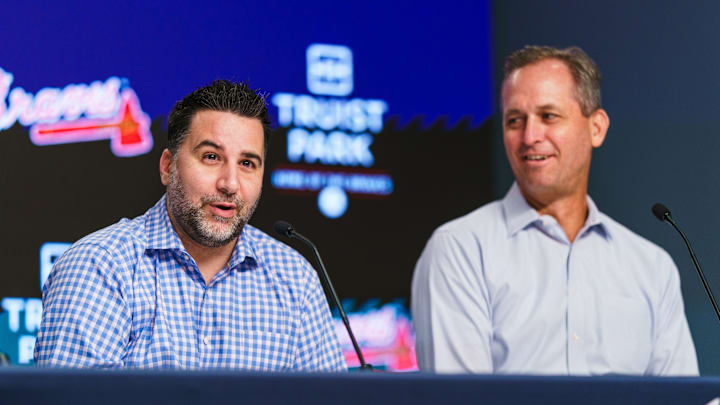A real pilot explains Terry McGuirk's "glideslope" comment regarding increasing the Braves' payroll

It is also important to keep in mind that Terry McGuirk used the word "glideslope" when describing the increased payroll over the past three seasons.
What is a glideslope? A glideslope is... I decided to defer to an expert on how to interpret Terry McGuirk's comparison. McGuirk compared the Braves' increase in payroll to a landing instrument on an airplane. So naturally, I turned to an actual pilot to explain what Terry McGuirk meant with his "glideslope" remark.
Professional pilot David Mino explained, "A glideslope in aviation terms is a precise pass that takes you where you want to go (the runway). Without seeing the actual statement, I would assume he means carefully putting everything together to get on the exact path to winning."
When Dave asked if he could see the actual statement, I explained it was behind a paywall at AJC, and it turned out that even a super successful pilot is turned off by paywalls. I elaborated to Dave that McGuirk said it about the increasing payroll for the Atlanta Braves the past few seasons. Would it imply a steep increase in payroll or a gradual increase?
"Not steep or shallow, just a calculated 'nominal' descent to perfection," Dave explained.
I am actively looking for someone to interpret Dave's interpretation of Terry McGuirk's use of the word "glideslope."
So, if a glideslope is used to aid in the landing of a plane and professional pilot David Mino called it a "descent to perfection," it leads me to visualize a downward trajectory. Perhaps McGuirk was imagining going backward up the downward slope of a landing plane. Even in that case, it sounds like we shouldn't expect a drastic increase in spending or suddenly bursting through the second tier of CBT taxes.
Thanks to David Mino (flyer of planes) for his contribution.
